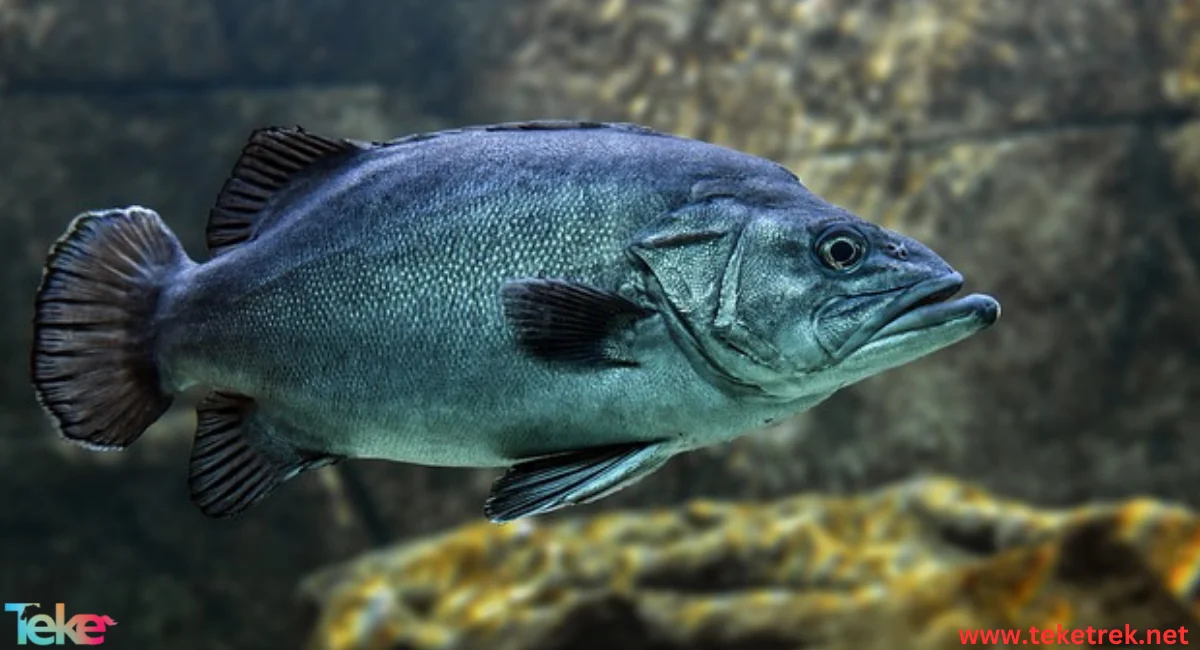Tilapia fish is considered one of the common freshwater fish as they grow in very large quantities and feed mainly on plants. This type of fish can adapt to high water salinity. It can tolerate low oxygen levels, which may be less than 0.3 mm per liter. The acidity level suitable for this type of fish ranges between 5 and 10.
In this article in TekeTrek Website, we will introduce you to the most important information related to this object. Follow along with us.

5 characteristics of tilapia fish
Tilapia fish scientific name is Oreochromis niloticus, and characteristics of tilapia fish are:
- Body:
Tilapia fish has a sleek, streamlined body shape that helps it swim effortlessly.
- Length and Size:
The length of Tilapia fish ranges between 6 and 28 cm, with a maximum length of up to 60 cm. The maximum weight this type of fish can reach is 4.3 kg.
- Eyes:
Tilapia fish also have special eyes that aid in underwater vision.
- Color:
Male Tilapia fish are characterized by a pinkish color that tends towards blue, while females may have silver, brown, or white coloration.
- The maximum age Tilapia fish can reach is 9 years.
facts about Tilapia fish
- Tilapia fish have an immune system that surpasses that of other fish species. They adapt significantly to water temperature variations, making them highly adaptable to diverse environments, which makes them strong in both aquatic and terrestrial farming environments.
- This type of fish is susceptible to diseases and infections, especially in farms or artificial fishponds.
- Tilapia fish are used for mosquito control, as they feed on mosquito larvae, thus reducing the spread of malaria caused by mosquitoes.
- China is the world’s largest producer of Tilapia fish, producing 1.6 million tons annually.
- It’s difficult to distinguish between male and female Tilapia fish. Males may have specific feeding patterns, being more active in foraging and competing with other males for food, while females focus more on caring for offspring, maintaining nests, and eggs.
- Males have a different social behavior involving competition with other males, while females rely on signaling behaviors with both males and females.
What is the diet of Tilapia?
- Tilapia fish are considered herbivores, as they prefer to consume aquatic plants and algae. However, they also need protein, so they also feed on earthworms, insects, zooplankton, and decaying organic matter to provide the necessary protein.
- Due to the abundance of algae in their diet, Tilapia fish are attracted to shallow areas in rivers and ponds to a significant extent.
Where does Tilapia fish live?
Tilapia fish live in rivers, lakes, ponds, and shallow pools, where they consume algae, as mentioned earlier, thus helping to control its growth and improving water quality. They also inhabit tropical and subtropical regions in Africa and South America. Additionally, they are found in South Asia and India.
Types of Tilapia fish
- Nile Tilapia (Tilapia Nile):
This type of Tilapia fish grows to a length ranging from 8 to 26 cm. It is characterized by its small head and feeds on algae, insect larvae, and plant plankton.
- Blue Tilapia (Tilapia blue):
It is distinguished by its blue color, which tends towards gray. Additionally, it can adapt to brackish water and prefers to live in freshwater.
- Mozambique Tilapia (Tilapia Mozambique):
This species is produced from the hybridization of two types of fish, the Blue Tilapia and the Nile Tilapia. These fish feed on floating plant feeds.
- Redbreast Tilapia (Tilapia Redbreast):
This type is characterized by its large size and ranks fourth in the United States among famous aquaculture species.
Reproduction in Tilapia fish
- During reproduction, males play a primary role in attracting females and convincing them to mate by displaying their colors. Male Tilapia fish are ready to reproduce and produce sperm at a younger age than females, while females take longer to mature and become ready for reproduction. Females carefully choose their partners and may respond to males who display their best qualities. A female Tilapia fish can lay eggs every three or four months.
- Males build nests for females to lay their eggs in, where each male of this species fertilizes eggs from multiple females. The females carry fertilized eggs in their mouths until they hatch. The fry stay near the parents until they mature and grow larger. Small fry are separated from larger ones to prevent them from being eaten. The ideal temperature for hatching ranges from 22 to 30 degrees Celsius. With optimal temperatures, a female Tilapia fish can lay between 100 to 2000 eggs.


Tilapia fish benefits and side effects
Is tilapia a good fish to eat?
- It is a rich source of protein, with each meal containing 23 grams of protein.
- It is an excellent source of selenium, with one serving of this fish containing 88% of the recommended daily intake of selenium.
- It contains a high level of phosphorus, an essential mineral present in bones and teeth.
- Tilapia fish is an important source of vitamin D, which supports the immune system, nerves, and muscles.
FAQ
- Is Tilapia fish delicious?
Tilapia fish is one of the most important types of fish enjoyed by many. It has a delicious taste, is light on the stomach, and widely available, making it easy to obtain. It can be used in multiple recipes to enjoy its tasty flavor.
- Is tilapia a freshwater or marine fish?
Tilapia is a freshwater fish that lives in fresh water.
- What is tilapia called in English?
Tilapia fish in English is species of cichlid fish.
- What does Tilapia fish like?
Earthworms: Earthworms can be a suitable bait for catching Tilapia fish, ensuring that they resemble small invertebrates to attract this type of fish to consume them.
- Is there mercury in Tilapia fish?
It contains very low levels of mercury, which is why many people limit their consumption of fish to reduce their mercury intake.
- What country has the most tilapia?
China
China is the world’s major producer and consumer of tilapia.
In conclusion, Tilapia fish is a healthy and delicious choice due to its richness in proteins and healthy fatty acids, beneficial for the body. It is an excellent addition to the diet to promote overall.






